ETHYL ACETATE (C4H8O2)
ABOUT:
Ethyl acetate is typically manufactured through the reaction of ethanol and acetic acid in the presence of an acid catalyst. The reaction can be summarized by the following equation:
CH3COOH + C2H5OH → C4H8O2 + H2O
The reaction typically takes place at a temperature of around 50-60°C and a pressure of 1-2 atmospheres. The acid catalyst used is usually sulfuric acid or another strong mineral acid. After the reaction is complete, the ethyl acetate is separated from the reaction mixture by distillation. The distillate is then purified through further distillation to remove any residual water and other impurities.
PHYSICAL PROPERTIES:
Odor: sweet, fruity odor
Appearance: Colorless, volatile liquid
Density: 0.902 g/cm3 (at 20°C)
Molecular weight: 88.11 g/mol
Boiling point: 77.1°C (at atmospheric pressure)
Melting point: -83.6°C
Solubility: Soluble in water (miscible) and most organic solvents.
Refractive index: 1.376 (at 20°C)
Viscosity: 0.958 mPa·s (at 20°C)
Flash point: 11°C
CHEMICAL PROPERTIES:
- Flammability: Ethyl acetate is highly flammable and can ignite easily in the presence of an ignition source.
- Reactivity: Ethyl acetate is a relatively stable chemical, but it can react with strong oxidizing agents, bases, and acid anhydrides.
- Acidity: Ethyl acetate has a weak acidic nature, with a pKa of 4.76.
- Solvent properties: Ethyl acetate is a common solvent used in a variety of applications, including the manufacture of lacquers, adhesives, and printing inks. It is also used as a solvent for resins, cellulose derivatives, and essential oils.
- Degradability: Ethyl acetate is biodegradable and can be broken down by microorganisms in the environment.
- Toxicity: Ethyl acetate is considered to be a mild irritant to the eyes, skin, and respiratory system. Inhalation of high concentrations of ethyl acetate can cause headaches, dizziness, and nausea.
APPLICATIONS:
PHARMACEUTICAL INDUSTRY:
- Ethyl acetate is used as a solvent in the preparation of topical and transdermal formulations, such as creams, ointments, and gels.
- Ethyl acetate can be used as a solvent for the preparation of controlled-release drug delivery systems, such as microneedles and transdermal patches.
SPICE EXREACTION:
Ethyl acetate is a common solvent used in the extraction of oleoresins from plant materials, such as spices, herbs, and fruits. In this process, the plant material is mixed with ethyl acetate, which selectively dissolves the oleoresin, while leaving behind other unwanted components. The ethyl acetate solution is then separated from the plant material and the oleoresin is recovered by evaporating the solvent. Ethyl acetate is preferred for oleoresin extraction because it is a relatively mild and efficient solvent, which allows for high yields of high-quality extracts
PAINTS, COATING, AND VARNISHES:
- Ethyl acetate is commonly used as a solvent in the manufacturing of paints, coatings, and varnishes and it is often used in combination with other solvents to achieve the desired properties in the final product.
- Ethyl acetate can act as a viscosity reducer and can improve the leveling and gloss of a coating.
PRINTING INKS:
- Ethyl acetate is a fast-drying, volatile solvent that is commonly used in printing inks to dissolve and disperse pigments and resins. Ethyl acetate can also be used as a co-solvent in printing ink formulations. When combined with other solvents, it can help to control the evaporation rate and improve the compatibility of different ink components.
- Ethyl acetate is a common solvent used in the rotogravure printing process to dissolve and transfer ink from the engraved cylinder to the substrate. It is preferred because it has a high solvency power and evaporates quickly, allowing for fast drying times.
ADHESIVES:
- Ethyl acetate is often used as a solvent in adhesives to dissolve resins and polymers. This allows the adhesive to be applied easily and evenly.
- Ethyl acetate can help improve the bonding strength of adhesives, making them more effective. It is often used in pressure-sensitive adhesives, which require a strong bond to surfaces.
- Ethyl acetate is sometimes used as a solvent in lamination adhesives. It can be effective in dissolving and dispersing the adhesive components and in promoting adhesion between the two surfaces being laminated
FRAGRANCE INDUSTRY:
- Ethyl acetate is a popular solvent in the fragrance industry and is used in the production of perfumes and colognes. It can dissolve and help to extract the essential oils and other fragrant compounds from natural ingredients, and it can also be used as a diluent to adjust the strength of a fragrance.
SAFETY MEASURES:
- Store in a cool, well-ventilated area away from heat, sparks, and open flames.
- Use only in well-ventilated areas.
- Wear appropriate personal protective equipment, including gloves, goggles, and a lab coat.
- Avoid contact with skin, eyes, and clothing.
- Do not smoke, eat, or drink in areas where ethyl acetate is used or stored.
- Use appropriate fire suppression equipment, such as a fire extinguisher, in case of fire.
- Follow all local regulations and safety guidelines for handling and disposing of ethyl acetate.
- Dispose of ethyl acetate waste in accordance with local regulations and guidelines.
- Keep containers tightly closed when not in use.
- Train employees on proper handling and emergency procedures.

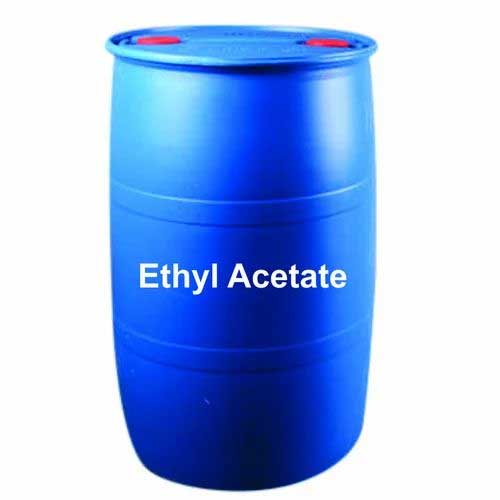
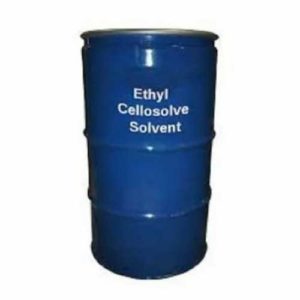
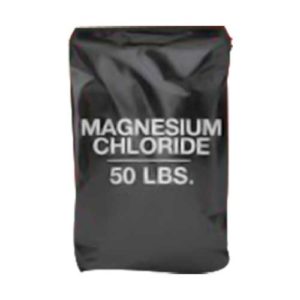
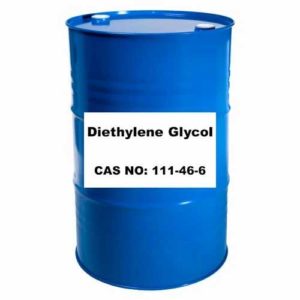
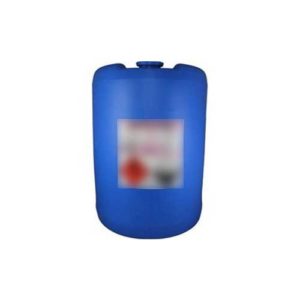

Reviews
There are no reviews yet.